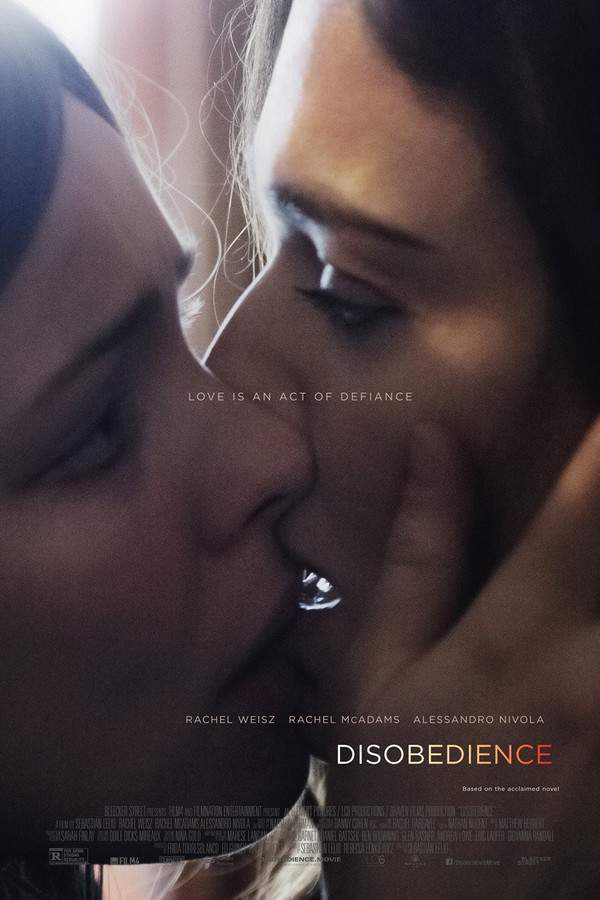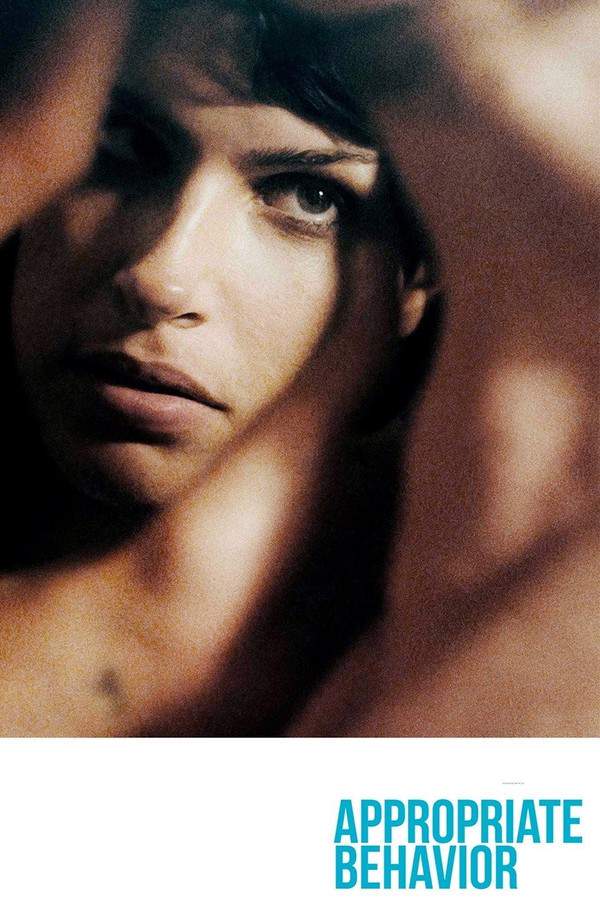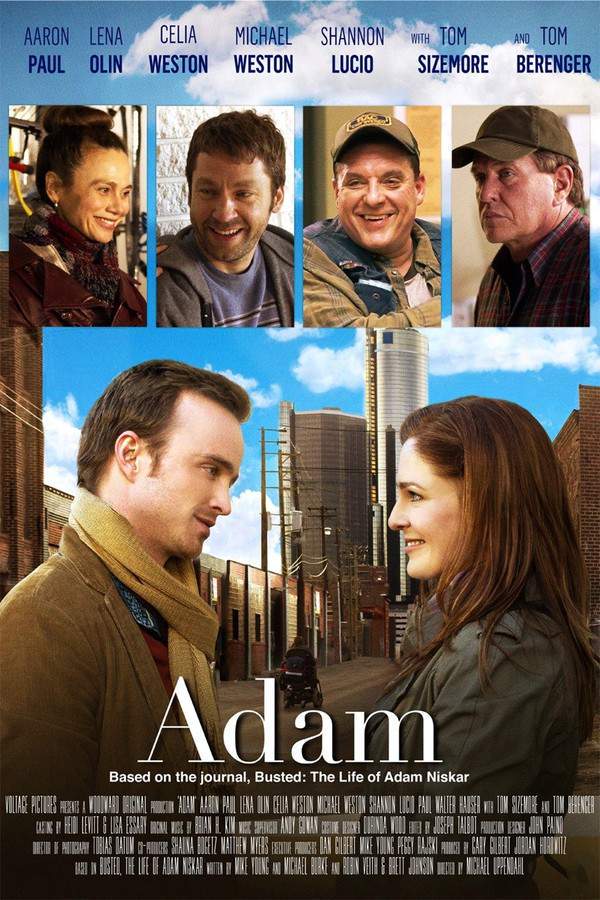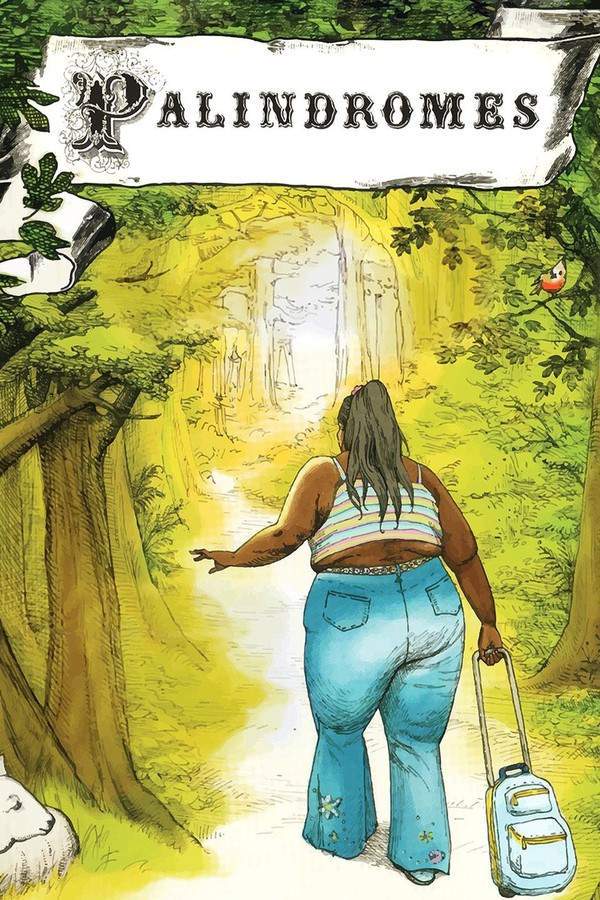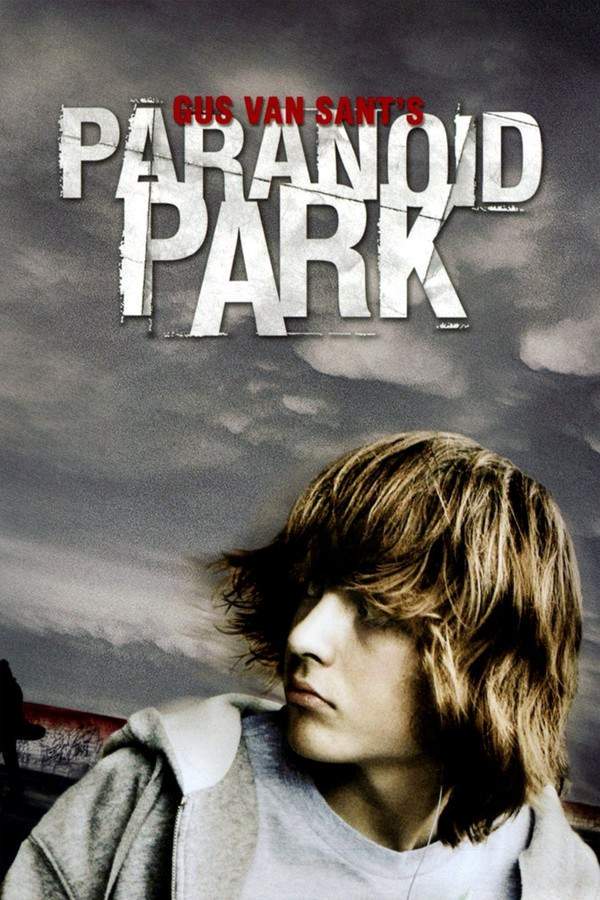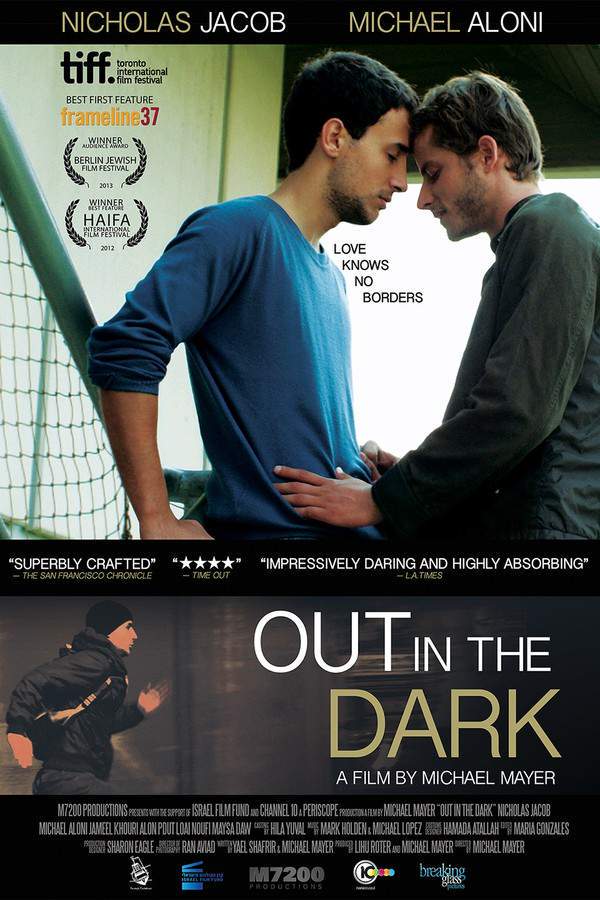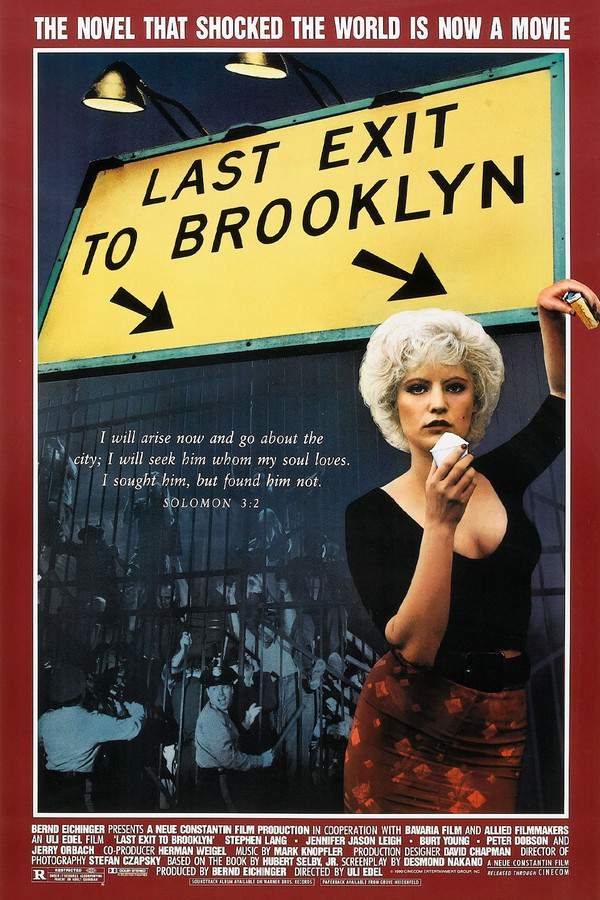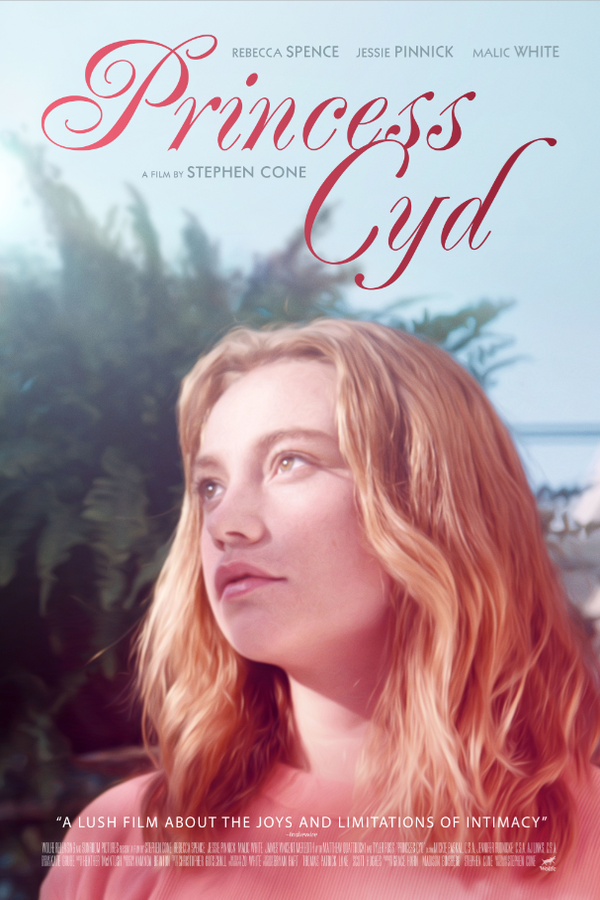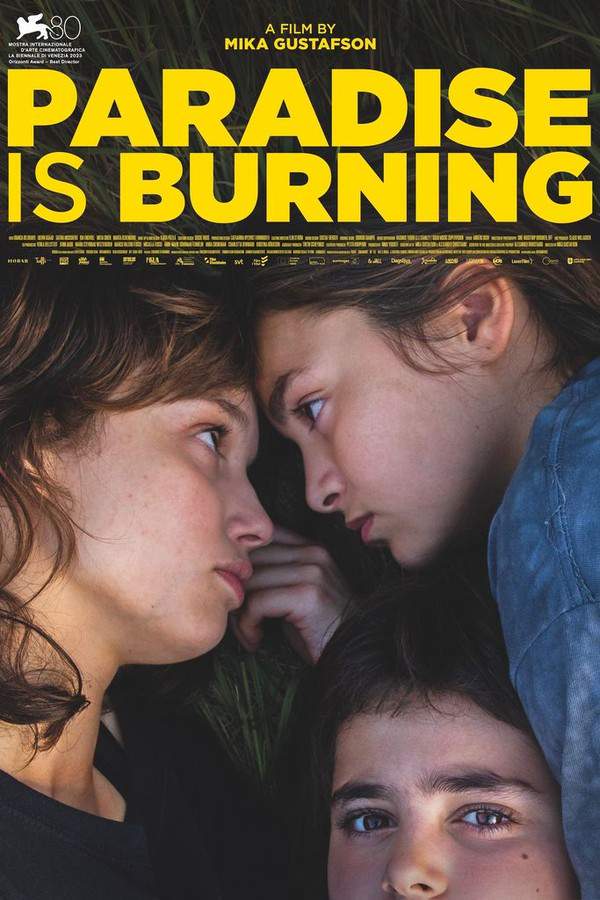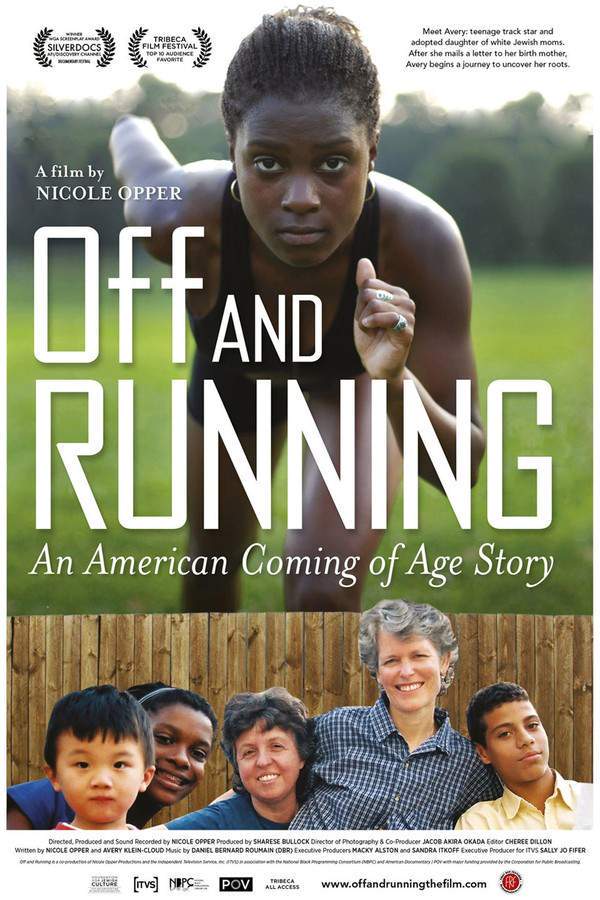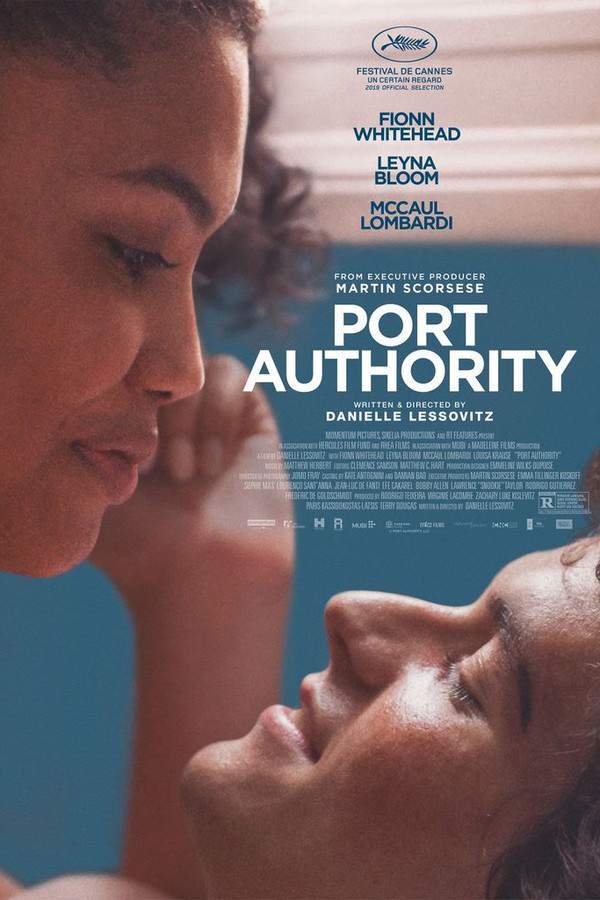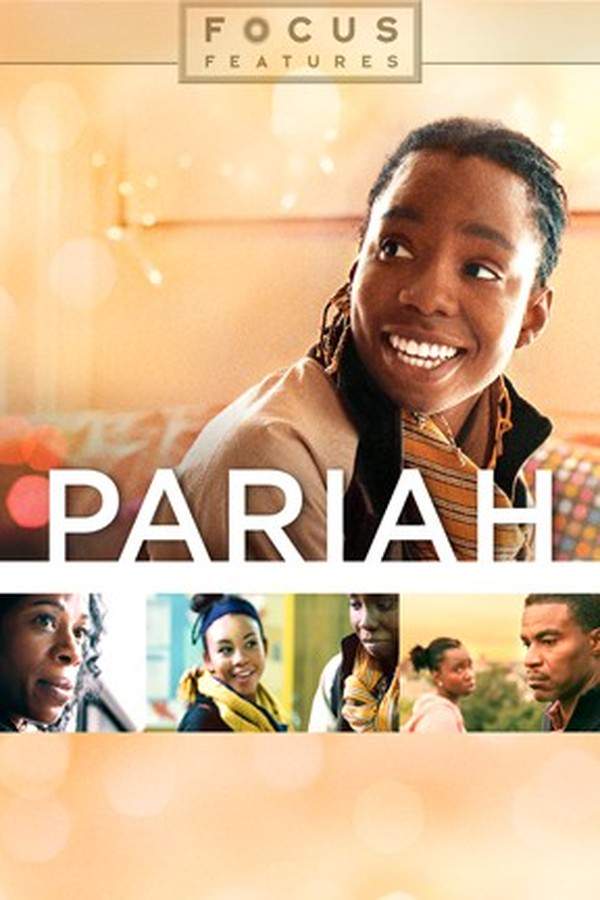
Pariah
Year: 2011
Runtime: 86 min
Language: English
Director: Dee Rees
In Brooklyn's Fort Greene neighborhood, seventeen-year-old Alike cautiously explores her identity as a lesbian, finding comfort in writing poetry and her close friendship with Laura. A budding romance with Bina offers a welcome connection, but Alike also faces challenges as she tries to reconcile her feelings with the difficulties in her parents' marriage and the complexities of coming to terms with her sexuality and sharing it with her family and friends.
Warning: spoilers below!
Haven’t seen Pariah yet? This summary contains major spoilers. Bookmark the page, watch the movie, and come back for the full breakdown. If you're ready, scroll on and relive the story!
Pariah (2011) – Full Plot Summary & Ending Explained
Read the complete plot breakdown of Pariah (2011), including all key story events, major twists, and the ending explained in detail. Discover what really happened—and what it all means.
Alike (“Lee”) is a 17-year-old Black girl who threads her nights through clubs and the company of her openly lesbian friend Laura. She moves through her world with a quiet resolve, gradually embracing her identity as a butch lesbian, rooted in simple, comfortable choices like wearing baggy clothes and male underwear. The people around her respond in different ways: Audrey, her Christian mother, wrestles with disapproval and tries to steer Alike toward more feminine presentation and away from Laura’s influence, hoping to replace that space with a connection to Bina, a girl from their church. In contrast, Arthur, Alike’s father—a police detective—forms a warmer, steadier bond with her, though he remains cautious about the risks of certain spaces, including the idea of a lesbian bar, which he warns might not be safe.
As the days unfold, Alike finds her feelings shifting toward Bina, a relationship that grows more significant as she spends more time with her than with Laura. This shift does not go unnoticed by Laura, who becomes increasingly irritated by the change in their friendship. The family’s home becomes a pressure cooker: Arthur comes home late at night, and disputes with Audrey flare up more often, exposing fault lines in their marriage and in their attempts to raise Alike. Yet, Arthur does not grasp fully how deeply his daughter’s life is changing, clinging to the sense that this is a phase, while offering a cautious reminder about safety.
One night, after an evening spent attending an alternative rock show, Alike and Bina share a private moment in Bina’s room. The scene marks a milestone: Bina begins caressing and kissing Alike. The younger woman, still untested by intimate experience, is hesitant at first, but she eventually responds, and they spend the night together. In the gray of morning, Alike questions where their relationship might be headed, only to be met with a blunt, painful honesty. Bina tells her that there isn’t a relationship; she’s not “really gay-gay” and only saw their encounter as a playful indulgence. She also warns Alike not to tell anyone about what happened.
“really gay-gay”
This moment lands hard, and Alike feels a mix of hurt, confusion, and a sharpened sense of her own truth. She returns home and spends hours crying, the emotional reverberations echoing through every room she enters.
Meanwhile, the tension between Audrey and Arthur intensifies, culminating in an explosive argument centered on Alike. In the midst of the storm, Sharonda—Alike’s sister—advocates for calm, but Alike chooses to intervene herself. She comes out to her parents, a declaration that lands like a blow in a house already on edge. The scene is painful and brutal: Audrey lashes out, while Arthur tries to restrain his wife. The aftermath pushes Alike to flee to Laura’s house, where the two friends find a fragile reconciliation amid the evening’s turmoil.
Audrey’s attempt to move past the incident feels hollow to the rest of the family, who recognize the strain in the household. Arthur seeks to repair the breach and meets with Alike, apologizing for the pain she experienced at his wife’s hands and asking her to come home, offering only tentative assurances that things could be different. Alike, however, makes a decisive choice: she will not return to the family home but instead plans to move west to California to begin college early. She speaks with quiet resolve, telling her father, “I’m not running; I’m choosing.”
Before departure, Alike makes a last effort to reach out to Audrey, but the door remains firmly closed. Audrey’s response is to say she will pray for her daughter, a gesture that underscores the religious and moral tensions at play. With Arthur, Sharonda, and Laura by her side, Alike is seen off as she heads toward a new chapter in the West. The film ends on a reflective note: Alike walks into the future with a poem she has written in hand, a piece whose themes circle back to the very words she offered her father—an emblem of autonomy and self-definition in the face of resistance.
In the final image, her poem reads as a quiet manifesto that ties together the arc of growth, the pain of rejection, and the hopeful assertion that choosing one’s path can be both a personal act of courage and a form of bearing witness to one’s truth. The story remains intimate, unflinching, and empathetic as it traces a young woman’s journey toward self-acceptance within a family and a community that are only gradually learning to understand her. Through Alike’s eyes, we witness the tenderness and difficulty of choosing who you are—and deciding to move forward, even when home does not fully understand.
Last Updated: October 09, 2025 at 16:24
Unlock the Full Story of Pariah
Don't stop at just watching — explore Pariah in full detail. From the complete plot summary and scene-by-scene timeline to character breakdowns, thematic analysis, and a deep dive into the ending — every page helps you truly understand what Pariah is all about. Plus, discover what's next after the movie.
Pariah Timeline
Track the full timeline of Pariah with every major event arranged chronologically. Perfect for decoding non-linear storytelling, flashbacks, or parallel narratives with a clear scene-by-scene breakdown.

Characters, Settings & Themes in Pariah
Discover the characters, locations, and core themes that shape Pariah. Get insights into symbolic elements, setting significance, and deeper narrative meaning — ideal for thematic analysis and movie breakdowns.

Similar Movies to Pariah
Discover movies like Pariah that share similar genres, themes, and storytelling elements. Whether you’re drawn to the atmosphere, character arcs, or plot structure, these curated recommendations will help you explore more films you’ll love.
Explore More About Movie Pariah
Pariah (2011) Scene-by-Scene Movie Timeline
Pariah (2011) Movie Characters, Themes & Settings
Pariah (2011) Spoiler-Free Summary & Key Flow
Movies Like Pariah – Similar Titles You’ll Enjoy
Disobedience (2018) Spoiler-Packed Plot Recap
A Girl Like Her (2015) Full Movie Breakdown
Appropriate Behavior (2015) Complete Plot Breakdown
Adam (2019) Plot Summary & Ending Explained
Palindromes (2005) Full Summary & Key Details
Paranoid Park (2008) Film Overview & Timeline
Out in the Dark (2013) Ending Explained & Film Insights
Last Exit to Brooklyn (1990) Spoiler-Packed Plot Recap
Unfreedom (2015) Full Movie Breakdown
It Felt Like Love (2014) Film Overview & Timeline
Just Another Girl on the I.R.T. (1993) Complete Plot Breakdown
Princess Cyd (2017) Full Movie Breakdown
Paradise Is Burning (2024) Ending Explained & Film Insights
Off and Running (2010) Complete Plot Breakdown
Port Authority (2021) Story Summary & Characters


